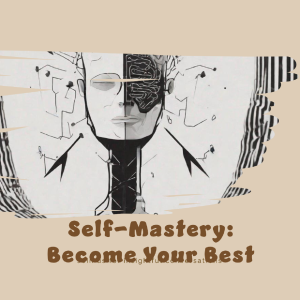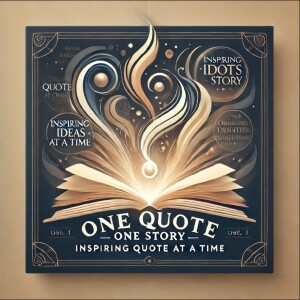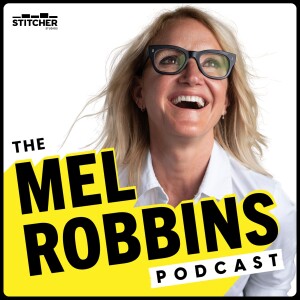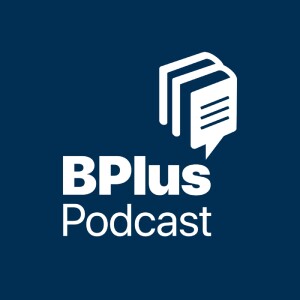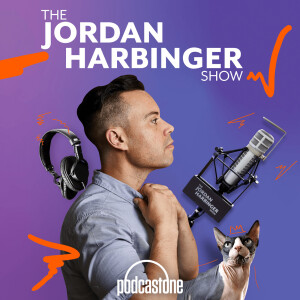

The Sport of Track is Boring to Watch! Could Dual Meets Make the Sport More Interesting? Does the Scoring System Need to Be Simplified? Could NCAA Scholarship Changes & TV Demands Reformat the Sport?
The Best Paragraph I've Read:
"College track and field once was a major spectator sport. Meets at Hayward Field were events. In 1970, Steve Prefontaine’s freshman year at Oregon, he competed in Pac-8 dual meets against Washington, Cal, UCLA, Washington State and Oregon State. Eugene Register-Guard printed pre-meet form charts that fans brought with them as they filled the stadium.
Dual meets engaged people who knew little about theintricacies of the sport, and were more interested in who won than how many runners cracked 13 minutes, 50 seconds in the 5,000 meters. People inside Hayward in May 1972 still talk about the 1,500-meter battle between Prefontaineand Oregon State Olympian Hailu Ebba in the Oregon-OSU dual. The winning time? Who knows? Who cares? The story was about what would prevail, Pre’s strength or Ebba’s speed. Pre won as a packed stadium roared. Flash forward 50 years, all of that is gone.
Dual meets have been largely pitched into history’s scrap heap. Star athletes going head-to-head in the 5,000 with the outcome of the meet hanging in the balance have been replaced by daylong invitational meets with no team scoring. Regular season college meets take place before mostly empty seats, even at the beautiful, 12,500-seat Hayward Field.
“Track and field has moved away from being any kind of team sport whatsoever,” Lananna says. “Our competitions are dreadful. They’re long, drawn out, fragmented, and the modern audience can’t relate to whateverit is we’re doing.” On any given spring weekend, a college track team might send its throwers to a throws-specific meet in one city, its distance runners to a distance carnival in another city, and its sprinters and hurdlers somewhere else.
The regular season goal has become to find places wherecollege athletes can record times or marks that qualify them for postseason competition. Winning an event isn’t as important as a fast time or a long triple jump or throw. Spectators aren’t part of the equation."
This paragraph comes from an article in oregonlive.com. The article is titled: "Is the future of college track & field, including Oregon, in jeopardy? If we don't act now, we'll never save it." The author is Ken Goe. You can read the full article here:
Zac & Don discuss the sport of track. They debate whether track should bring back and feature dual meets. They also discuss whether track needs to change its scoring system and find a way to make its product into a more compelling TV program.
More Episodes
All Episodes>>You may also like
Create Your Podcast In Minutes
- Full-featured podcast site
- Unlimited storage and bandwidth
- Comprehensive podcast stats
- Distribute to Apple Podcasts, Spotify, and more
- Make money with your podcast
